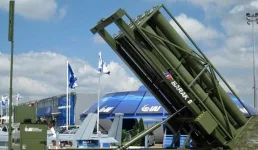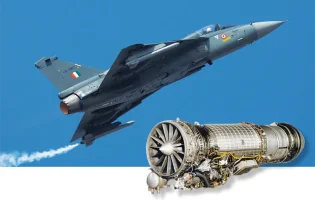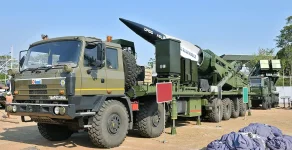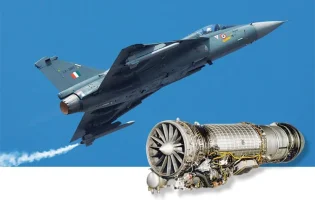- Views: 644
- Replies: 4
The reputation of China's defence industry has suffered a significant blow following the poor performance of its weapons during a recent conflict with India.
Pakistan, the largest user of Chinese military hardware, is now reportedly rethinking its defence procurement strategy after multiple systems failed to perform as advertised during "Operation Sindoor" in May 2025.
The recent intense but brief India-Pak conflict has seemingly exposed major weaknesses in Chinese-made technology, prompting Pakistani military officials to explore more reliable, albeit significantly more expensive, alternatives from suppliers like Turkey.
This development is amplified by similar complaints from other nations, including Jordan and several African countries, raising global concerns about the dependability of Chinese defence exports.
Pakistan's military has long been a top client for Beijing. According to the SIPRI, a staggering 81% of Pakistan's arms imports in the last five years came from China.
This deep reliance has been driven by China's willingness to provide affordable equipment and attractive financing, allowing Pakistan to pursue military modernisation despite ongoing economic pressures.
However, a critical drawback has been that these systems are rarely tested in actual combat, as China has not been involved in a major war for over four decades, leaving its clients to discover their true capabilities on the battlefield.
During the May 2025 conflict, Pakistan deployed its premier Chinese-origin equipment. This included the J-10CE and JF-17 fighter jets, PL-15 long-range air-to-air missiles, and the HQ-9 long-range air defence system.
Reports indicate these systems were largely ineffective. India's own air defences, featuring the domestic Akash and jointly developed MR-SAM systems, successfully neutralised most incoming Pakistani threats. Meanwhile, Indian aircraft and missiles reportedly penetrated Pakistan's much-touted air defence shield, hitting strategic targets.
The failure of the Chinese HQ-9 system was particularly notable. Despite being marketed as a leading-edge system capable of tracking stealth aircraft, it failed to prevent precise Indian strikes, a fact reportedly verified by satellite imagery.
This poor showing is not an isolated incident. A 2022 report from the American think tank, the RAND Corporation, noted that Chinese defence exports are often prone to malfunctions, which can disrupt military operations and increase maintenance budgets.
Jordan, for example, has reported significant reliability issues with its fleet of Chinese-made CH-4 drones, a concern echoed by other operators in Africa.
Closer to home, the Pakistan Navy has faced persistent technical problems with its F-22P frigates, also acquired from China. Publicly available reports detail a range of defects affecting the ships' missile targeting systems, sensors, and main engines, severely limiting their operational effectiveness.
Similarly, the Myanmar Air Force has had to ground its fleet of JF-17 fighters, co-developed by Pakistan and China, due to structural and engine-related problems.
In the wake of the conflict, Pakistan is now looking to Turkey to upgrade its air defence network, showing particular interest in the Aselsan ALP-300G long-range early warning radar.
This advanced AESA radar system is designed to detect and track stealthy, low-flying targets—the very kind that existing Chinese systems failed to stop.
However, this strategic pivot comes with a hefty price tag, as Turkish defence systems are estimated to be 50-70% more expensive than Chinese equivalents, posing a challenge for Pakistan's strained economy.
The operational failures have not only been a setback for Pakistan but have also severely damaged China's credibility as a global arms supplier.
According to some reports, Beijing has allegedly pressured Islamabad to downplay the shortcomings of the military equipment to protect the international reputation of its multi-billion-dollar defence export industry.
For Pakistan and other nations, the recent events serve as a stark reminder that the true cost of affordable military hardware may only become clear in the heat of battle.





